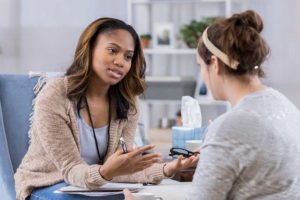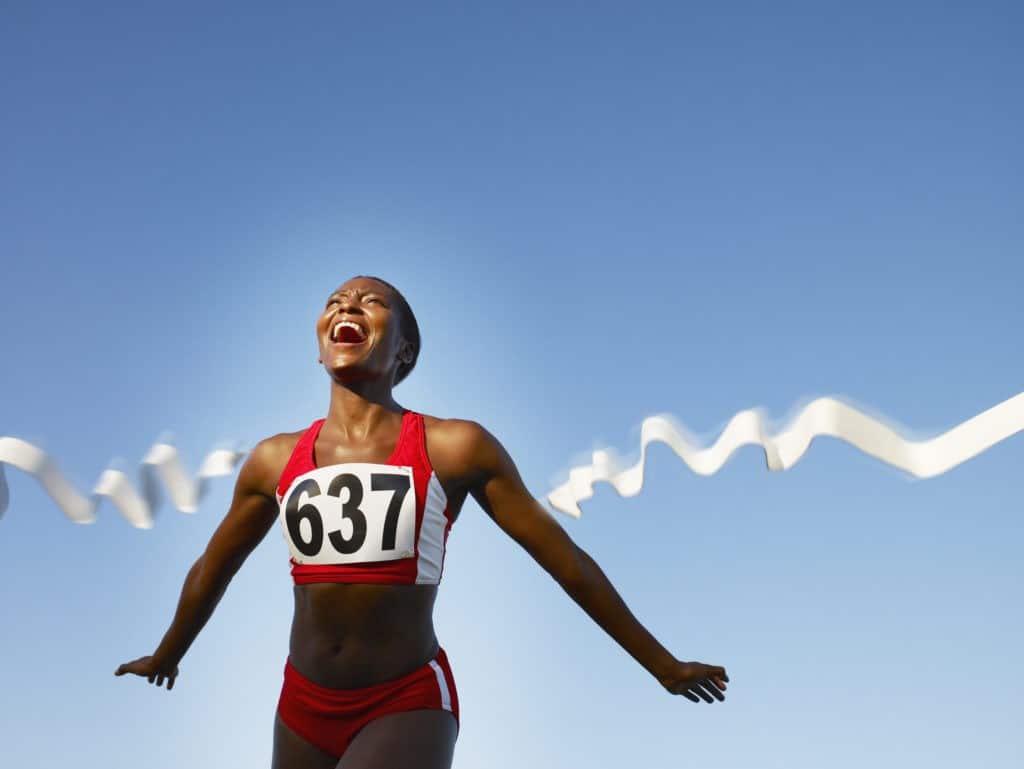However, for some people the pain may come on during or after a sudden hamstring strain or stretch. This might occur during waterskiing, martial arts or a slip into the splits position.
While too much load can lead to tendon conditions, too little load also reduces tendon health. Tendons that are not regularly exposed to physical load will not be as conditioned. There may reach a point where the tendon is unable to tolerate even everyday activities. Physical inactivity due to sedentary lifestyle, illness or injury elsewhere may contribute. Age and hormonal changes in women postmenopause may also reduce tendon health.
PHT is most common in middle to longer distance runners and triathletes. It may also affect cyclists who spend long periods hill climbing and on timetrial bikes. The hamstring muscles and tendons are also placed under high loads in other sports. Some examples include football, rugby, hockey, martial arts, long jump, ballet and yoga.
But you don’t need to be young and athletic to develop this condition. Older and/or sedentary people can have PHT too, due to relative underloading (not doing enough) of the tendon. Less active people will be less conditioned and less able to tolerate physical load














